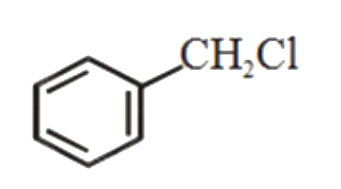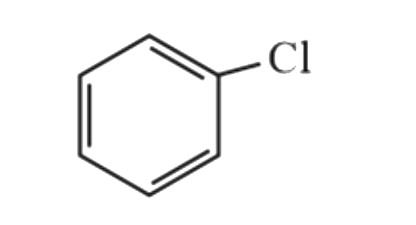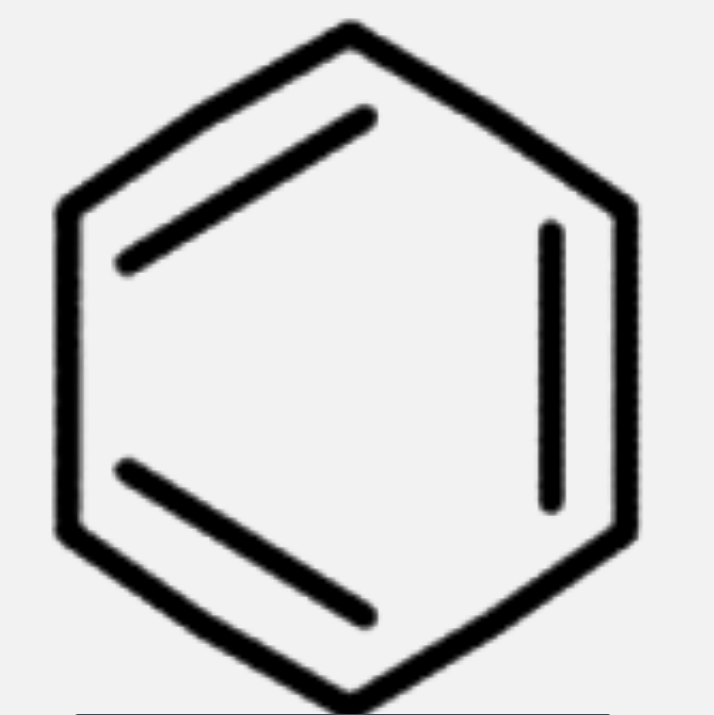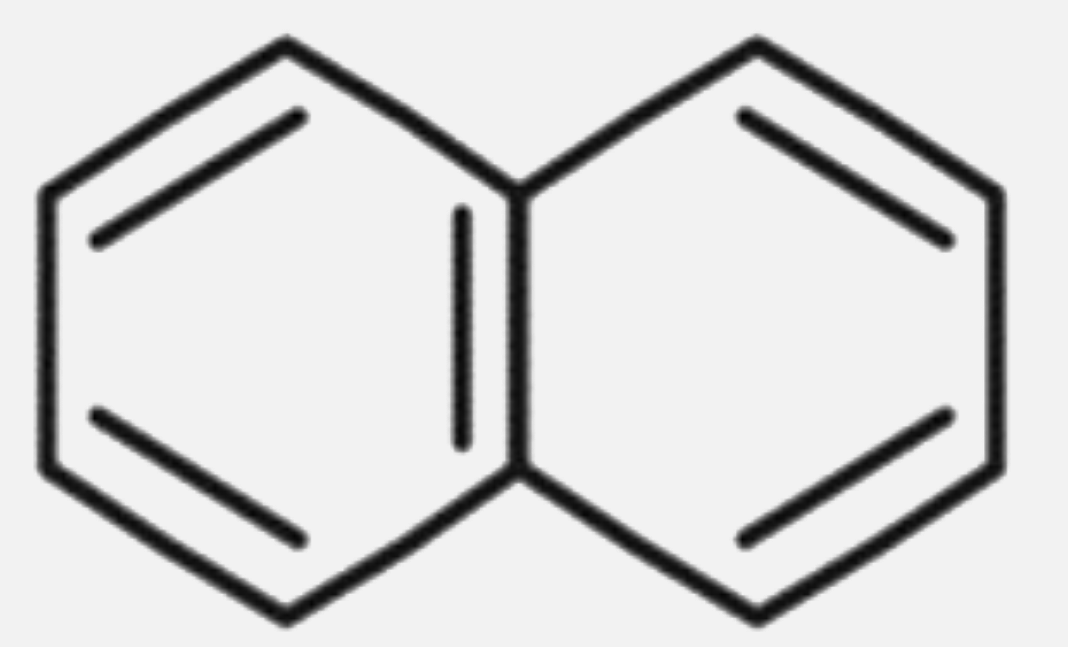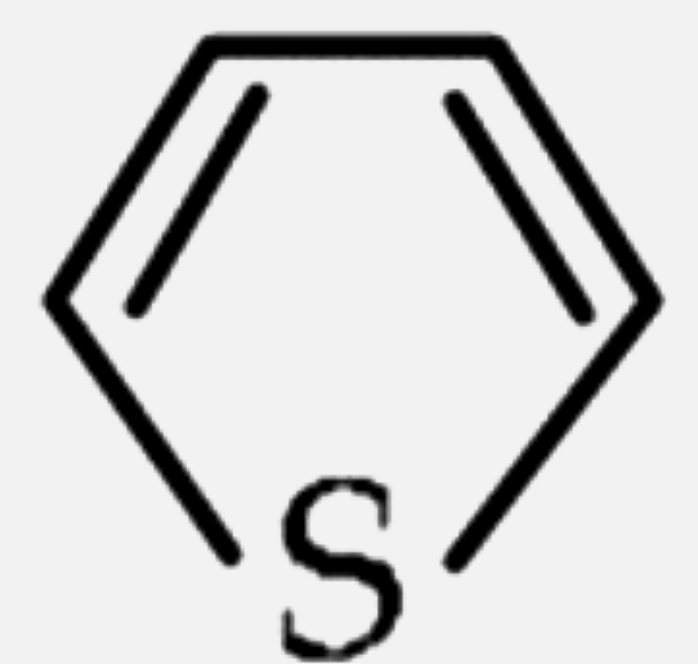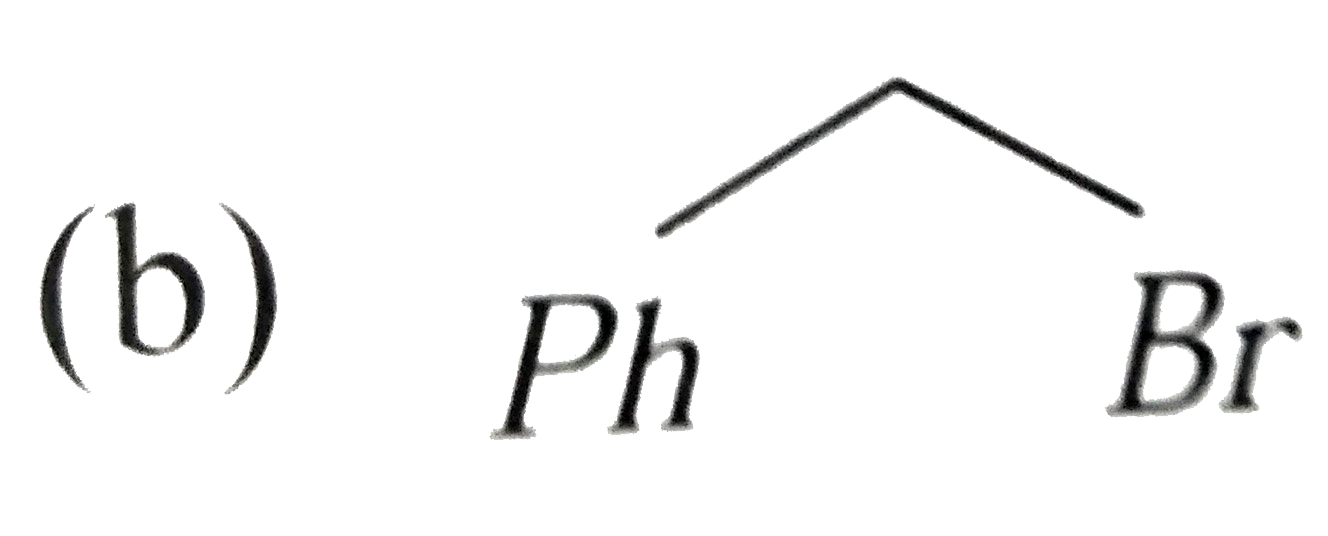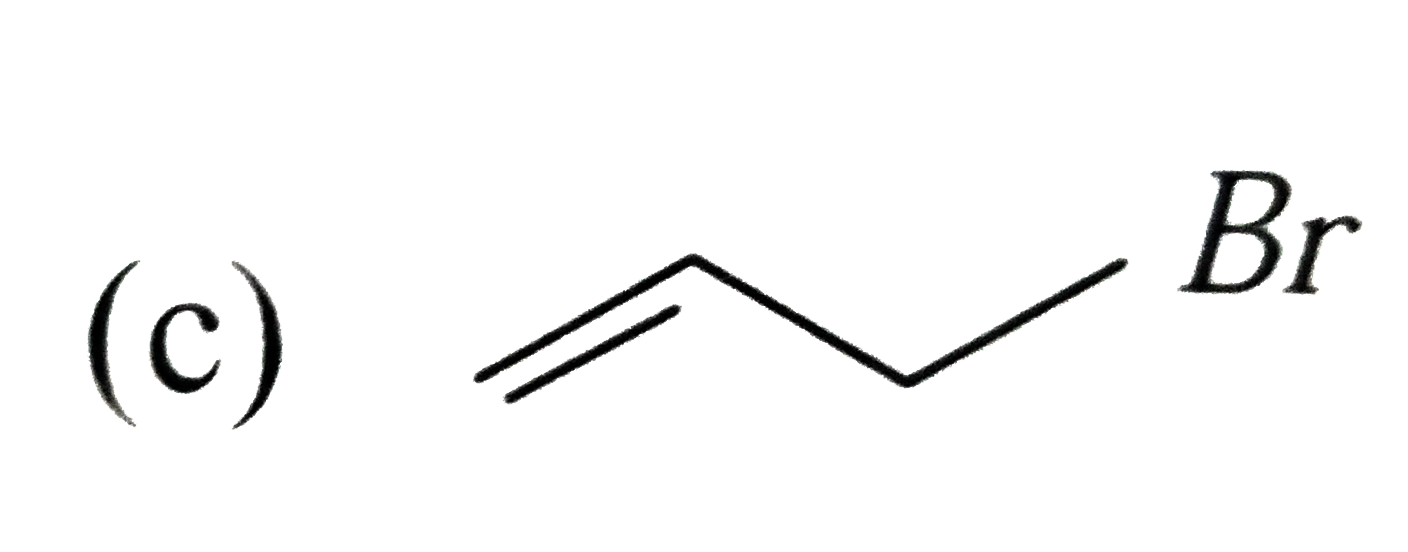Explore topic-wise InterviewSolutions in .
This section includes InterviewSolutions, each offering curated multiple-choice questions to sharpen your knowledge and support exam preparation. Choose a topic below to get started.
| 19851. |
This law was proposed by Dalton in 1803 . According to this law , if two elements combune to form more than one compounds ,the masses of one element that combine with a fixed mass of the other element, are in the ratio of small whole number. For exemple, hydrogen combines with oxygen to form two compounds ,namely, water and hydrogen peroxide. Here, the masses of oxygen (i.e, 16g and 32g) which combine with a fixed mass of hydrogen (2g) bear a simple raio, i.e, 16 :32 or 1 :2 . An element forms two oxides .In one oxide ,one gram of the oxide containd 0.5g of the element. In another oxide, 4g of the oxide contains 0.8g of the element . Show that these data confirm the law of multiple proportion. |
|
Answer» Ratio `= 1:1` Oxide = 4 gm `=>` oxygen ` = 3.2` gm + element ` = 0.8` gm Ratio `4:1` |
|
| 19852. |
This law was proposed by Dalton in 1803 . According to this law , if two elements combune to form more than one compounds ,the masses of one element that combine with a fixed mass of the other element, are in the ratio of small whole number. For exemple, hydrogen combines with oxygen to form two compounds ,namely, water and hydrogen peroxide. Here, the masses of oxygen (i.e, 16g and 32g) which combine with a fixed mass of hydrogen (2g) bear a simple raio, i.e, 16 :32 or 1 :2 . N_(2) and O_(2) combine to form a number of compounds such as NO,N_(2)O,N_(2)O_(3),N_(2)O_(5). Show that these follow the law of multiple proportion. |
|
Answer» or N = 28 gm, O = 32 gm ) `N_(2)O(N=14 gm,O=16gm)` `N_(2)O_(3)(N=28gm,O=48gm)` `N_(2)O_(5)(N=28gm,O=80gm)` Here the masses of oxygen which COMBINE with a fixed mass of introgen (28 gm) bears a simple ratio. |
|
| 19853. |
Which of the following contains vitamin D: |
|
Answer» Calciferol |
|
| 19854. |
Value of K_(p) in the reaction MgCO_(3(s))hArrMgO_((s))+CO_(2(g)) is |
|
Answer» `K_(p)=P_(CO_(2))` |
|
| 19855. |
Write the Nernst equation and emf of the following cells at 298 K: (i) Mg(s) | Mg^(2+) (0.001 M)|| Cu^(2+) (0.0001 M) | Cu (s) (ii) Fe(s) | Fe^(2+) (0.001 M) || H^(+) ( 1 M) | H_(2) (g) (1 bar) | Pt(s) (iii) Sn(s) | Sn^(2+) (0.050 M) || H^(+) (0.020 M) | H_(2) (g) (1 bar) | Pt(s) (iv) Pt(s) | Br_(2) (l) | Br^(-) (0.010 M) || H^(+) (0.030 M) | H_(2) (g) (1 bar) | Pt(s) Given, E_(Mg^(2+)//Mg)^(@) = -2.37 V, E_(Cu^(2+),Cu)^(@) = +0.34 V, E_(Fe^(2+), Fe)^(@) = -0.44,E_(Sn^(2+)//Sn)^(@) = -0.14 V, E_(1//2 Br^(2),Br^(-))^(@) = +1.08 V |
|
Answer» Solution :(i) Cell reactionP: `Mg + Cu^(2+) to Mg^(2+) + Cu (n=2)` Using Nernst equation and SUBSTITUTING the values, we get `E_("cell") = E_("cell")^(@) - (0.0591)/2 log ([Mg^(2+)])/([Cu^(2+)])` `therefore E_("cell") = 0.34 - (-2.37) - 0.0591/2 log (10^(-3))/(10^(-4)) = 2.71 - 0.02955 = 2.68 V` (ii) Cell reaction: `Fe + 2H^(+) to Fe^(2+) + H_(2) (n=2)` Using nernst equation and substituting the values, we get `E_("cell") = E_("cell")^(@)- (0.0591)/2 log ([Fe^(2+)])/([H^(+)]^(2))` `therefore E_("cell")^(@) = 0-(-0.44) - 0.0591/2 log (10^(-3))/(1)^(2)` `=0.44 - (0.0591)/2 XX (-3) = 0.44 + 0.0887 = 0.523` V (iii) Cell reaction: `Sn + 2H^(+) to Sn^(2+) + H_(2) (n=2)` Using Nernst equation and substituing the values, we get `E_(cell) = E_("cell")^(@) - 0.0591/2 log ([Sn^(2+)])/([[H^(+)])^(2)) = 0- (-0.14) - 0.591/2 log 0.05/(0.02)^(2) = 0.078 V` (iv) Cell reaction : `2Br^(-) + 2H^(+) to Br_(2) + H_(2)` Using Nernst equation and substituing the values, we get `E_("cell") = E_("cell")^(@) - (0.0591)/2 log 1/([Br^(-)]^(2) [H^(+)]^(2))` `therefore =1.08 - 0.0591/2 log (1.111 xx 10^(7)) = -1.08 - 0.0591/2 (7.04567)` `=-1.08 - 0.208 = -1.288` V Thus, oxidation will occur at the hydrogen electrode and reduction on the `Br_(2)` electrode. `E_(cell) = 1.288 V`. |
|
| 19856. |
Which one of the following statements is not correct |
|
Answer» The value of equlibrium constant is changed in the PRESENCE of a CATALYST in the reacton at equlibrium |
|
| 19857. |
Which does not obey EAN rule: |
|
Answer» `[Cu(NH_3)_4]^(2+)` |
|
| 19858. |
What happens when acetone reacts with : HCN |
| Answer» SOLUTION :Propan-2-ol or ISOPROPYL ALCOHOL is FORMED. | |
| 19859. |
The use of chemicals for treatment of diseases is called as |
|
Answer» Homoeotherapy |
|
| 19860. |
Write the name of the reaction. |
| Answer» SOLUTION :ALDOL CONDENSATION | |
| 19861. |
The relation between equilibrium constant K_(p) and K_(c) is |
|
Answer» <P>`K_(C)=K_(p)(RT)^(DELTAN)` |
|
| 19862. |
What would be the standard free energy change forthe formation of methane at 298 K? The value of Delta H^@ for CH_4(g) is -74.81 kJ "mol"^(1) and S^@ values for C_("(grap)") H_2(g) and CH_4(g) are 5.70, 130.7 and 186.3 J K^(-1) "mol"^(-1)respectively. |
|
Answer» `-50.71 ` GIVEN `Delta H^@ = - 74.81 kJ "mol"^(-1) , Delta S_m^@` can be CALCULATED as `Delta S_m^@ CH_4(g)- [S_m^@ C_("graphite") + 2S_m^@ H_2 (g) ]` ` =[ 186.3 - (5.70 + 2 xx 130.7)] JK^(-1) "mol"^(-1)` `= -80.8 JK^(-1) "mol"^(-1)` SINCE `Delta G^@ = Delta H^@ - T Delta S^@` ` = - 74.81 -[(298) (-80.8xx 10^(-3) ) ]` `= -74.81 kJ "mol"^(-1) + 24.1 kJ"mol"^(-1) = -50.71 kJ "mol"^(-1)` |
|
| 19863. |
Write the IUPAC names of the following compounds: (i) (C_(2)H_(5))_(2)CH-CH=CH_(2) (ii) CH_(2)=CH-overset(C_(2)H_(5))overset(|)(C)H-CH_(2)-C-=CH (iii) CH_(2)=underset(C(CH_(3))_(2))underset(|)(C)-CH_(2)-CH_(3) (iv) CH_(3)-CH=CH-C-=CH (v) CH_(2)=CH-overset(CH_(3))overset(|)(C)H-CH_(2)-CH=CH_(2) (vi) CH_(3)CH_(2)C-=underset(H_(2)C=CH)underset(|)(C CH)-CH_(2)CH(CH_(3))_(2) (vii) CH_(3)CH_(2)CH_(2)overset(CH=CH_(2))overset(|)(C)HCH_(2)CH_(2)CH_(2)CH_(3) (viii) CH_(2)=CH-overset(CH_(3))overset(|)(C)H-overset(CH_(2))overset(||)(C)-CH_(2)-C-=CH (ix) HC-=C-C=CH-CH=CH_(2) (x) CH_(2)=C=CH-CH_(2)-underset(CH=CH_(2))underset(|)(C)H-CH_(3) |
|
Answer» Solution :(i) 3 - ethtylpent - 1 - ene, (ii) 3 - ethylhex - 1 - 5 - yne (iii) 2 - ETHYL - 3,3 - dimethylbut - 1 - ene (iii) 2 - ethyl - 3,3 dimethylbut - 1 - ene (iv) pent - 3 - en - 1yne (V) 3 - methylhexa - 1,5 diene (vi) 3 - isobutyhept - 1 -en - 4 - yne (vii) 3 - propylhept - 1 - ene (viii) 3 - methyl - 4 - methylidenehept - 1 - en - 6 - yne (ix) Hexa - 1,3 - DIEN - 5 - yne (X) 5 - methylhepta - 1,2,6 - TRIENE |
|
| 19864. |
The species having tetrahedral shape is : |
|
Answer» `[PdCl_(4)]^(2-)` |
|
| 19865. |
The resistance of (N)/(10)solutionis foundto be2.5xx10^(3) omegatheequivalent conductance of the solutionis (cellconstant=1.25 cm^(-1)) |
|
Answer» 2.5 `omega^(-1) cm^(-2) equiv^(-1)` `K=(1)/("resistance ")xx` cell constant `=(1)/(2.5 xx10^(-3))xx1.25` `=(1.25 xx10^(-3))/(2.5)=5x10^(-4) omega^(-1) cm^(-1)` EQUIVALENT conductance `=(Kxx1000)/(M)=(5XX10^(-4)xx1000)/(1//10)` `= omega^(-1) cm^(2) equiv^(-1)` |
|
| 19866. |
Which Mutarotation is not observed in…………….. |
|
Answer» SUCROSE |
|
| 19867. |
The salt which responds to dilute and concentrated H_2SO_4 is |
|
Answer» `Na_3PO_4` |
|
| 19868. |
Which of the following aqueous solutions remains neutral after electrolysis ? |
|
Answer» `K_(2)SO_(4)` Similarly, oxidation potential of `H_(2)Ogt` oxidation potential of `SO_(4)^(2-)` , so again the oxidation of `H_(2)O` TAKE place to give `O_(2)(g)` Reduction of `H_(2)O` produces same equivalent of `overset(c-)(O)H` as the oxidation of `H_(2)O` produces same equivalent of `H^(o+)` ions to give neutral solution. In option `(b), Na^(o+)` is not reducted, but `H_(2)O` is REDUCED to give `overset(c-)(O)H` ions. So solution is basic. `Cl^(c-)` ions are oxidized at anode to give `Cl_(2)(g)`. In option `(c)`, `Ag^(o+)` ions are reducted at cathode to give `Ag` , while `NO_(3)^(c-)` ions are not oxidized but `H_(2)O` is oxidized to give `H^(o+)` ions, so solution is acidic. In option `(d), Cu^(2+)` ions are reduced at cathode to give `Cu`, while `SO_(4)^(2-)` ions are not oxidized, but `H_(2)O` is oxidized to give `H^(o+)` ions, so solution is acidic. |
|
| 19869. |
Which reagent cannot be used to prepare haloakane from an alcohol? |
|
Answer» HCl<BR>HBr |
|
| 19870. |
Which of the following species contains two lone pairs ant two bond pairs around the central atom ? |
|
Answer» `CO_2` |
|
| 19871. |
Which of the following compounds will undergo racemisation when solution of alcoholic KOH ? |
| Answer» Answer :C | |
| 19872. |
Which of the following "is"//"are" correct? |
|
Answer» 1 FERMI `= 10^(3) DPS` |
|
| 19873. |
The tallest trees known are the redwoods in California. Assuming the height of a redwood to be 105 m, estimate the osmotic pressure required to push water up from the roots to the treetop |
| Answer» SOLUTION :`1.029 XX 10^6 PA` | |
| 19874. |
Whatare food preservatives ? Give an example . |
| Answer» Solution :CHEMICAL ADDED in food to preserve are called PRESERVATIVES. e.g. SODIUM benzoate. | |
| 19875. |
Which one of the following is a covalent crystal? |
|
Answer» ROCK salt |
|
| 19876. |
The sharp melting point of crystalline solids is due to : |
|
Answer» a regular arrangement of constituent particles OBSERVED over a short distance in the CRYSTAL LATTICE. |
|
| 19877. |
When does a rain is considered to be acid rain ? |
| Answer» Solution :When the pH of RAIN falls below 5-6 , it BECOMES ACID rain. | |
| 19878. |
What is electrochemical series ? Write different applications of the series. |
|
Answer» |
|
| 19879. |
Which among the following is correct regarding nucleic acids? |
|
Answer» Hydrolysis of DNA and RNA gives two components, a pentose SUGAR and PHOSPHATE group |
|
| 19880. |
Whichof thefollowing seriescontainselectrophiles only ? |
|
Answer» `H_(2) O , SO_(3) ,H_(3) O^(+)` |
|
| 19881. |
Write IUPAC name of (##DBT_SM_CHE_XII_U_12_E02_004_Q01.png" width="80%"> |
| Answer» SOLUTION :3- Methyl-N, N-dimethyl pentanamine | |
| 19882. |
Which of the following is the odd one out |
|
Answer» POTASSIUM ferrocyanide |
|
| 19883. |
Which one of the following thermo setting plastic is used in paints? |
| Answer» Solution :navolac | |
| 19884. |
There is large difference between the melting and boiling points of oxygen and sulphur. |
| Answer» Solution :DUE to small atomic size and high electronegativity, oxygen atom prefers to form `p pi-p pi` double BOND with other oxygen atom forming diatomic oxygen `(O_(2))` molecule. In contrast due to bigger size and lower electronegativity, sulphur atom does not form `p pi-p pi`double bond with other sulphur atoms and hence does not EXIST as diatomic `(S_(2))` molecule. Instead, it prefers to form single bonds with other sulphur atoms. In other words, sulphur atom shows greater tendency for catenation than oxygen atom and hence exists as octa-atomic sulphur `(S_(8))` molecule. Due to much larger molecular size of `S_(8)` molecule as compared to `O_(2)` molecule, the van der WAALS forces of attraction are much stronger in `S_(8)` MOLECULES than in `O_(2)` molecules. As a result, there is a larger difference between the melting and boiling points of oxygen and sulphur. | |
| 19885. |
Which of the following compounds are diprotic |
|
Answer» `H_(2)PO_(5)` |
|
| 19887. |
Which one of the following is wrongly matched ? |
|
Answer» `[Cu(NH_(3))_(4)]^(2+)` - square planar |
|
| 19888. |
Which is the correct statement |
|
Answer» Isotopes are ALWAYS radioactive |
|
| 19889. |
Which of the following chemical systems is/are nonaromatic? |
|
Answer»
|
|
| 19890. |
Write mathematical expression for Vant HoffBoyle's law ? |
|
Answer» Solution :`pi prop ` C at CONSTANT T. OR `pi prop (1)/(V)` at Constant T. OR `pi` V = ACONSTANT at constant T. |
|
| 19891. |
Write the IUPAC name of CH_(3)CH(CH_(3))CH_(2)C(CH_(3))_(2)COCH_(3) |
| Answer» SOLUTION :3, 3, 5 - Trimethylhexan -2- OEN. | |
| 19892. |
Which of the following fuels will have the highest calorific value (kJ//kg) |
|
Answer» Charcoal |
|
| 19893. |
Which set of elements is called chalcogens ? |
| Answer» Answer :B | |
| 19894. |
Velocity of the S_(N^(2)) reaction depends on the concentration of the substrate as well as te nucleophile. The reaction is favoured by strong Nu^(overset(..)(ө)), and in the presence of polar aprotic solvent, optically active halides give walden inversion by S_(N^(2)) mechanism. the presence of hetro group (atom as beta-C atom, unsaturation at beta-C, and (-overset(O)overset(||)(C)-) Allyl halides also give S_(N^(2)) mechanism. EDG at ortho-and para-positions in benzyl halides favours S_(N^(1)) mechanism, whereas EWG favours S_(N^(2)) mechanism. Q. Which of the following will give Walden inversion |
|
Answer» `C_(4)H_(9)-CHD-Br` |
|
| 19895. |
Velocity of the S_(N^(2)) reaction depends on the concentration of the substrate as well as te nucleophile. The reaction is favoured by strong Nu^(overset(..)(ө)), and in the presence of polar aprotic solvent, optically active halides give walden inversion by S_(N^(2)) mechanism. the presence of hetro group (atom as beta-C atom, unsaturation at beta-C, and (-overset(O)overset(||)(C)-) Allyl halides also give S_(N^(2)) mechanism. EDG at ortho-and para-positions in benzyl halides favours S_(N^(1)) mechanism, whereas EWG favours S_(N^(2)) mechanism. Q. Which of the following will give S_(N^(2)) mechanism |
|
Answer» MeBr |
|
| 19896. |
Water is important to living being because |
|
Answer» It is a compound of hydrogen and OXYGEN |
|
| 19897. |
Which of the following can cause depletion of ozone ? |
|
Answer» `H_2S` |
|
| 19898. |
What are coinage metals ? Are they transition elements ? |
|
Answer» Solution :IB group elements copper, silver and GOLD are called coinage elements. In OLDEN days these metals are used to prepare coins. They do not have incompletely filled subshell in elemental FORM but they have PARTIALLY filled d-shell in their CHEMICALLY significant oxidation states. Thus they are transition elements. |
|
| 19899. |
Which of the following is a non biodegradable polymer ? |
| Answer» Solution :PGA | |
| 19900. |
Which one of the following is used for detection of pressure of charge on sol particles? |
|
Answer» Cataphoresis |
|
